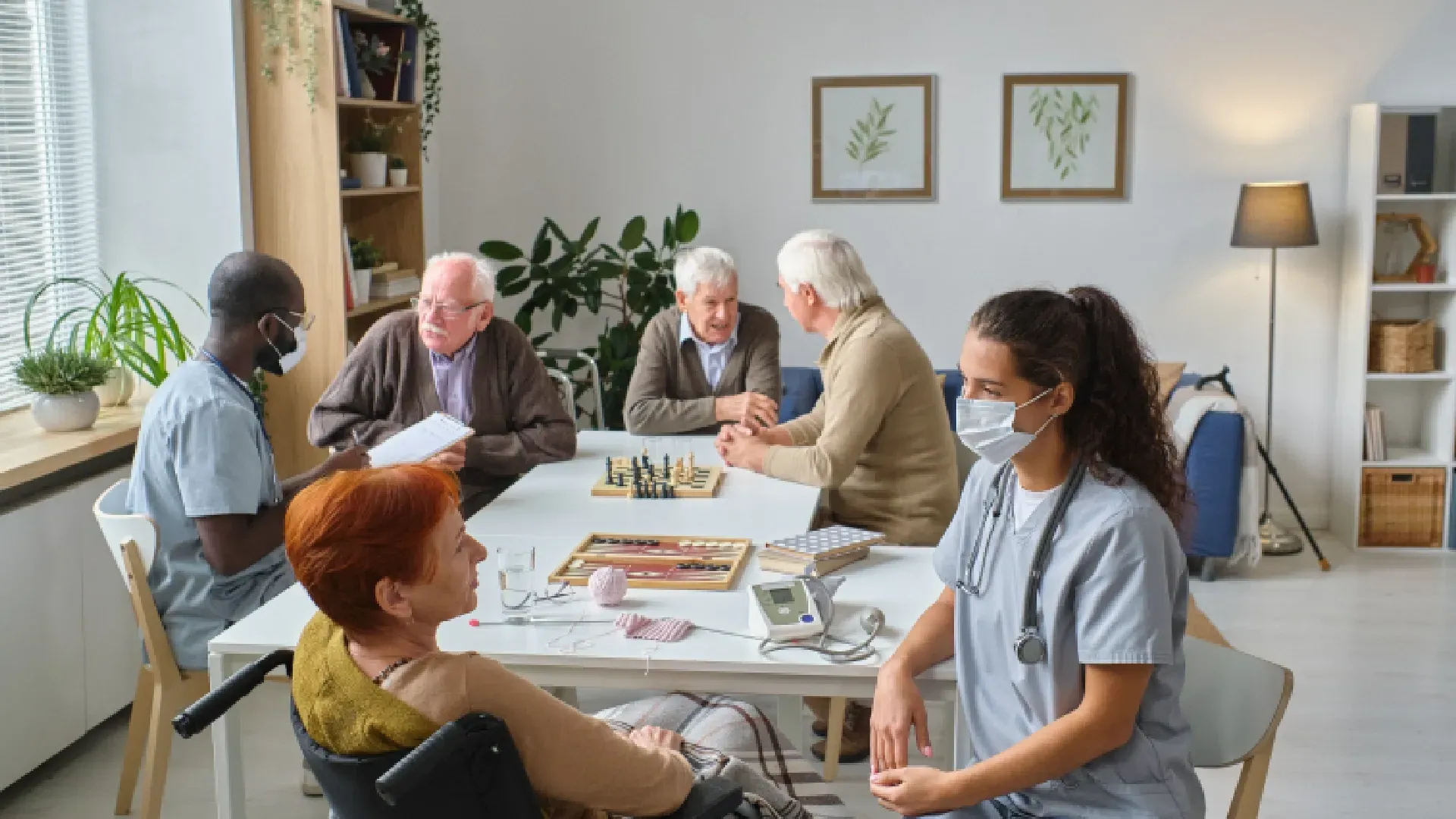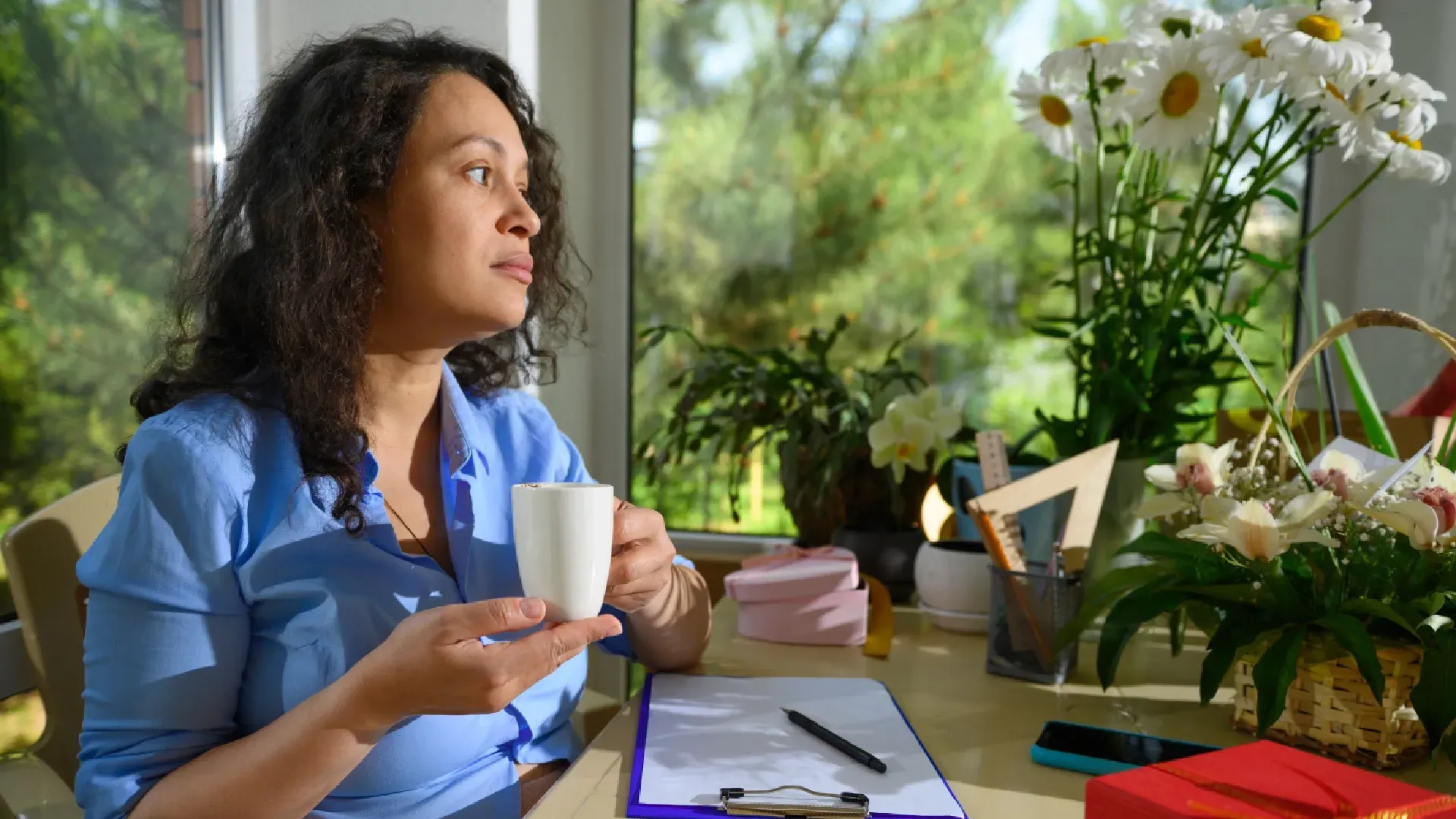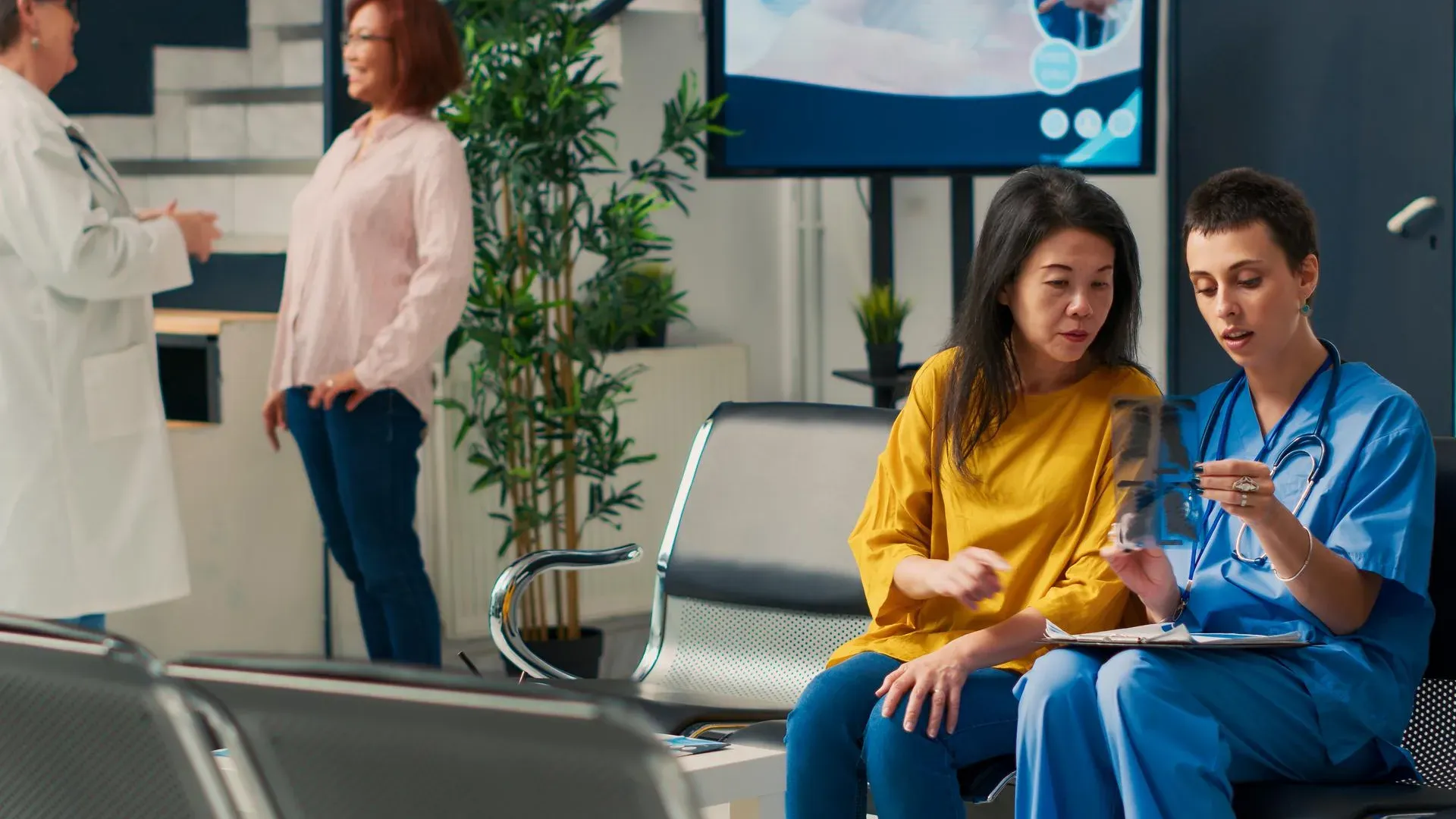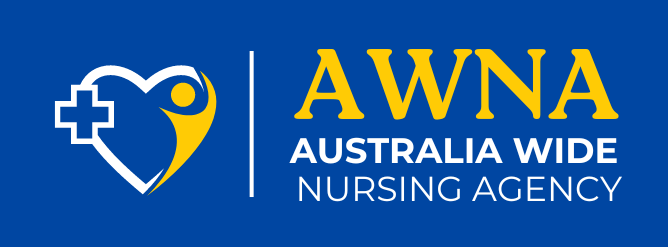Leveraging Technology in Nursing: How Digital Tools Enhance Patient Care
The healthcare industry has been transformed by technological advancements, and nursing—a critical pillar of healthcare—is no exception. From telehealth to wearable health monitors, digital tools are reshaping the way nurses deliver care, improving efficiency, accuracy, and patient outcomes. At Auswide Nursing Agency, we embrace the integration of technology into nursing practices, ensuring that our healthcare professionals are equipped to meet the demands of modern care delivery.
The Evolution of Technology in Nursing
Nursing, once dependent on manual record-keeping and labour-intensive processes, has entered an era where technology simplifies workflows and enhances precision. Innovations like electronic health records (EHRs), telehealth platforms, and mobile health applications empower nurses to provide more personalised and timely care. These tools not only streamline administrative tasks but also offer opportunities for proactive patient management.
Electronic Health Records: Streamlining Patient Information
One of the most impactful technological developments in nursing is the widespread adoption of electronic health records (EHRs). EHRs centralise patient information, providing nurses with real-time access to medical histories, test results, and treatment plans.
For example:
- Nurses no longer need to sift through piles of paperwork to retrieve critical patient information.
- Medication errors are significantly reduced, as EHRs include automated alerts for potential drug interactions or allergies.
- Communication between healthcare teams is enhanced, ensuring a more coordinated approach to patient care.
At Auswide Nursing Agency, our nurses are trained to use EHR systems effectively, allowing them to spend more time focusing on patients and less on administrative duties.
Telehealth: Expanding Access to Care
Telehealth has revolutionised the way nurses interact with patients, particularly in remote or underserved areas. Video consultations, remote monitoring, and virtual follow-ups enable nurses to deliver care without the constraints of geographical boundaries.
Key benefits of telehealth in nursing include:
- Improved Access: Patients in rural areas can receive high-quality care without travelling long distances.
- Convenience: Virtual consultations reduce waiting times and provide patients with flexibility.
- Continuity of Care: Chronic condition management becomes more efficient with regular remote check-ins.
Telehealth also empowers nurses to educate patients on managing their conditions, creating a more collaborative approach to health. At Auswide, we recognise the importance of telehealth and ensure that our nurses are adept at leveraging this technology to benefit patients.
Wearable Health Technology: Proactive Patient Monitoring
Wearable devices, such as smartwatches and fitness trackers, are becoming valuable tools in nursing care. These devices monitor vital signs like heart rate, oxygen saturation, and blood pressure, providing nurses with real-time data to identify potential health issues before they escalate.
For instance:
- Chronic Disease Management: Patients with diabetes or hypertension can use wearables to track their metrics, enabling nurses to intervene promptly if readings deviate from normal ranges.
- Post-Operative Monitoring: Wearables allow nurses to keep tabs on patients recovering at home, ensuring a smoother recovery process.
- Preventative Care: By analysing data trends, nurses can advise patients on lifestyle changes to improve their overall health.
At Auswide Nursing Agency, we encourage the use of wearable technology to foster a proactive approach to patient care, improving outcomes and reducing hospital readmissions.
Mobile Health Applications: Empowering Nurses and Patients
Mobile health applications (mHealth) provide a wealth of resources at nurses' fingertips. From drug reference guides to patient education materials, these apps enhance nurses' ability to deliver informed and efficient care.
Additionally, mHealth apps enable patients to:
- Book appointments.
- Access test results.
- Receive medication reminders.
This creates a more engaged and informed patient population, allowing nurses to focus on more complex clinical tasks. By incorporating mHealth tools into their practice, Auswide’s nurses ensure that patients remain at the centre of care.
Challenges of Integrating Technology in Nursing
While technology offers numerous advantages, its integration into nursing does come with challenges:
- Training: Nurses must stay updated on new systems and tools, requiring ongoing education.
- Cost: Advanced technologies can be expensive, posing financial constraints for healthcare providers.
- Data Security: Protecting patient information in the digital age is a significant concern.
At Auswide Nursing Agency, we prioritise training and security, ensuring our nurses are well-prepared to navigate these challenges while maximising the benefits of technology.
The Future of Nursing Technology
As technology continues to evolve, its role in nursing will only expand. Artificial intelligence (AI) and machine learning are set to play a larger part in diagnostics, predictive analytics, and personalised care. Robotics may assist nurses in performing repetitive tasks, allowing them to focus on more critical responsibilities.
At Auswide Nursing Agency, we are committed to staying at the forefront of these advancements, equipping our nurses with the tools and knowledge needed to excel in a technology-driven healthcare environment.
Conclusion
Technology has undeniably enhanced nursing practices, enabling more efficient, accurate, and patient-centred care. By adopting tools like EHRs, telehealth platforms, wearable devices, and mobile health apps, nurses can provide a higher standard of care while addressing the unique needs of each patient. At Auswide Nursing Agency, we believe in the transformative power of technology and are dedicated to supporting our nurses and clients as they navigate this new era in healthcare.












